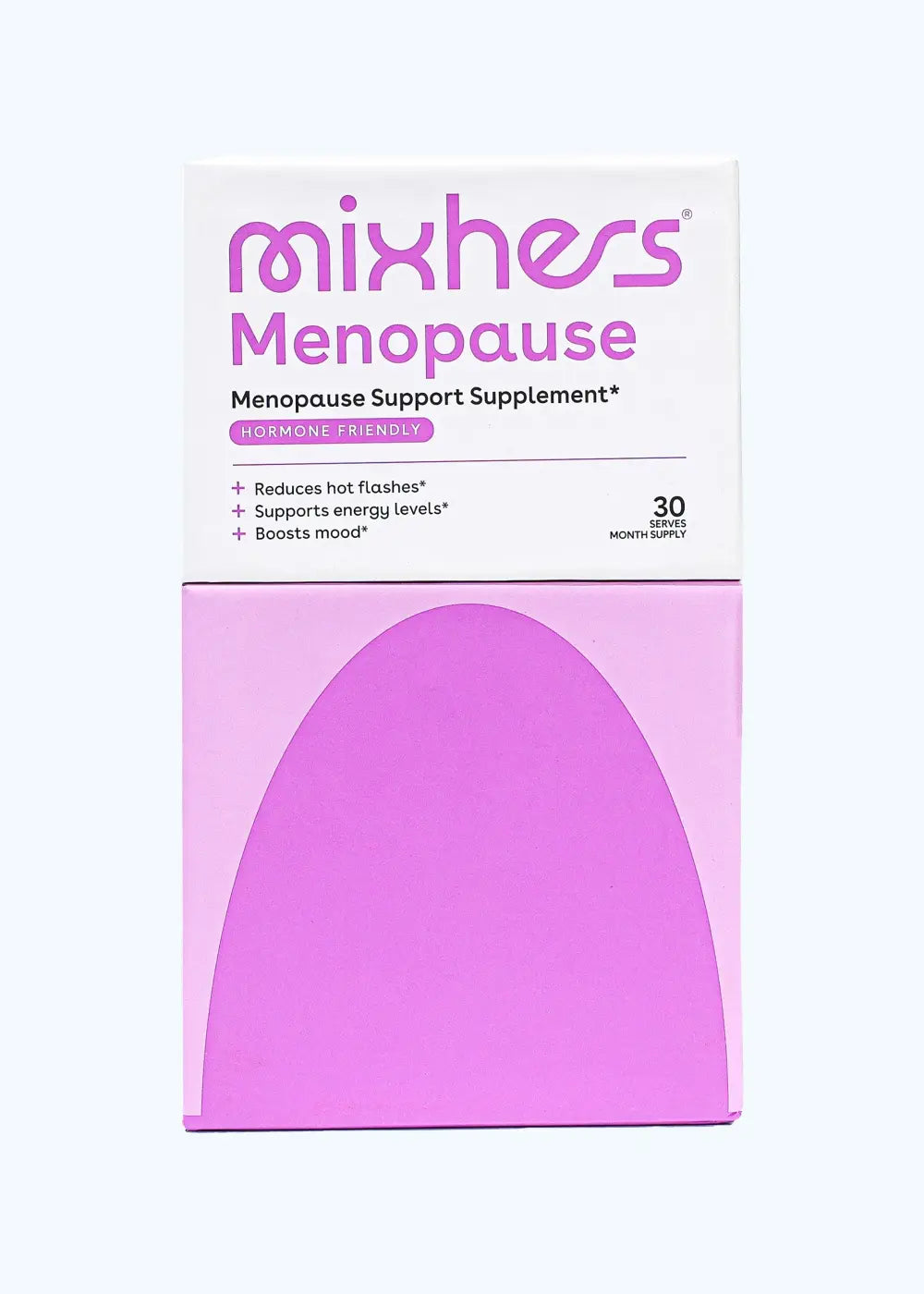When we feel pelvic pain known as cramping, what’s going on inside our bodies? The answer depends on what time of the month we’re experiencing the pain. Regular menstrual cramps are thought to be caused by a combination of things, such as hormone imbalances that cause premenstrual syndrome and an over-abundance of prostaglandins, which are hormone-like substances associated with pain.
But cramping during ovulation is a little different from typical menstrual pain. The basics of ovulation pain are pretty easy to understand. When the body ovulates, it expels a ripe egg from the fallopian tube and through the ovarian follicle. The egg stretches the follicle during its exit and causes painful ovulation in some cases. Usually, this pain only occurs on one side of the lower abdomen (because only one follicle releases an egg each month).
Pelvic pain during ovulation can also be caused by irritation of the peritoneum (abdomen lining) due to the release of blood and fluid from the ruptured follicle. Mid-cycle cramping is also known as Mittelschmerz pain (try saying that five times fast). It’s a German word that means “middle pain.”
In addition to the cramping caused when the egg released from the ruptured follicle, mid-cycle pain can also come from the implantation of a fertilized egg.This pain is referred to as implantation cramps, and some women experience it when a fertilized egg attaches to the uterine wall.
Implantation cramping is often described as a mild, dull ache similar to period cramps. It also occurs approximately 10 to 14 days after conception, which is the same point in the menstrual cycle when the period normally starts. For this reason, some women may think they are experiencing menstrual bleeding when they’re actually experiencing implantation bleeding due to pregnancy.
Other common symptoms of implantation and early pregnancy include bloating, breast tenderness, change in basal body temperature, headaches, and mood swings. Many of these symptoms of implantation are also symptoms of premenstrual syndrome.
However, bleeding from implantation is usually not as heavy or as long-lasting as bleeding during the period phase of your menstrual cycle. Implantation blood is also usually more of a pinkish-brown color than period blood.












